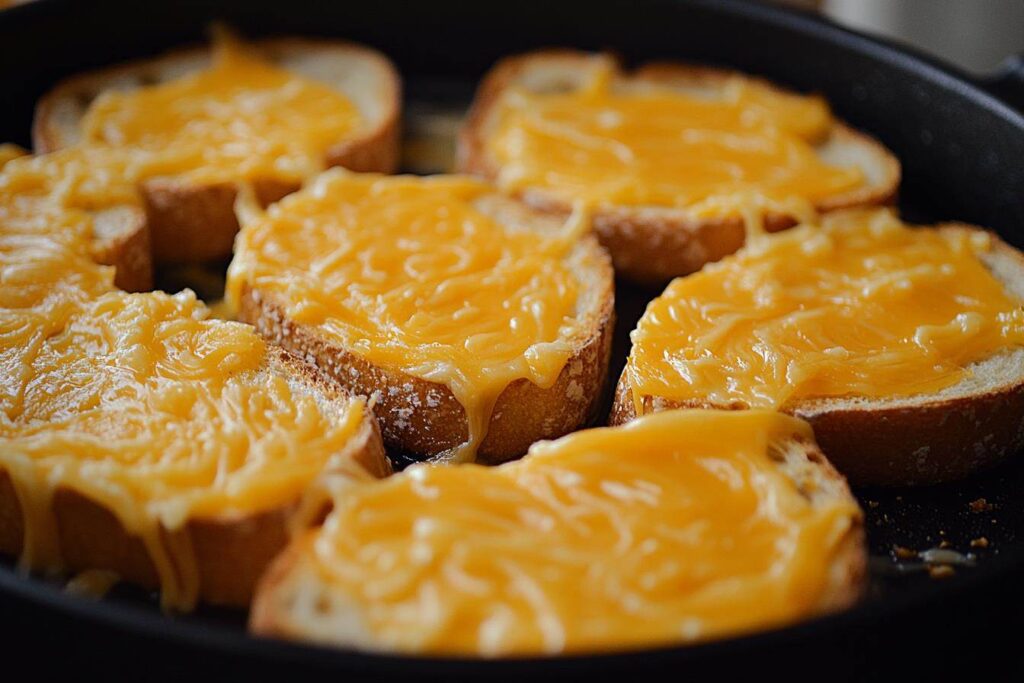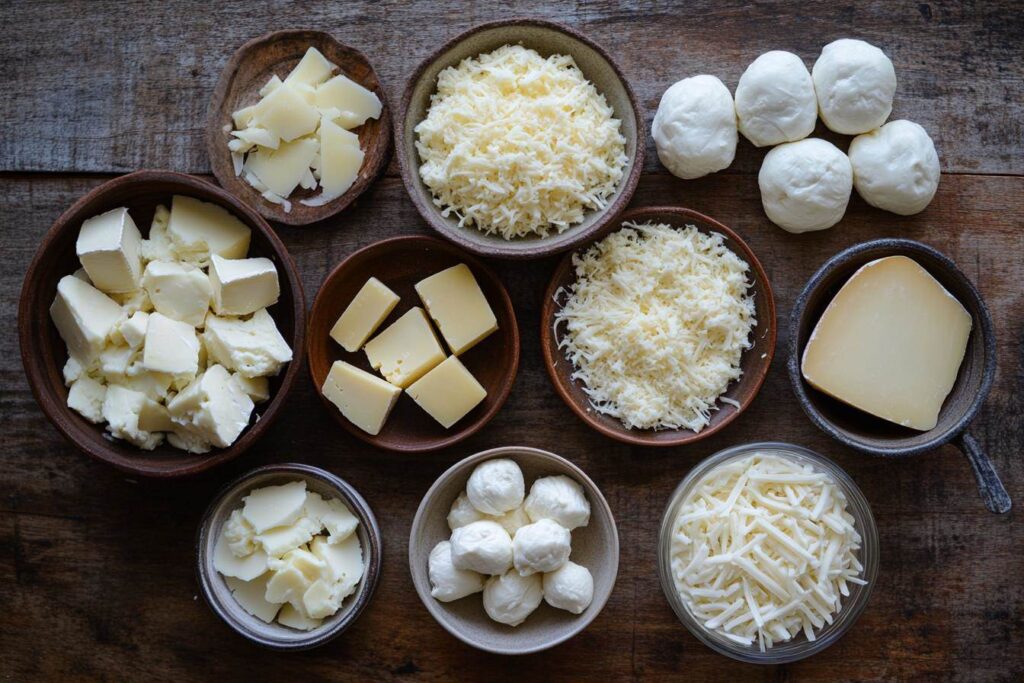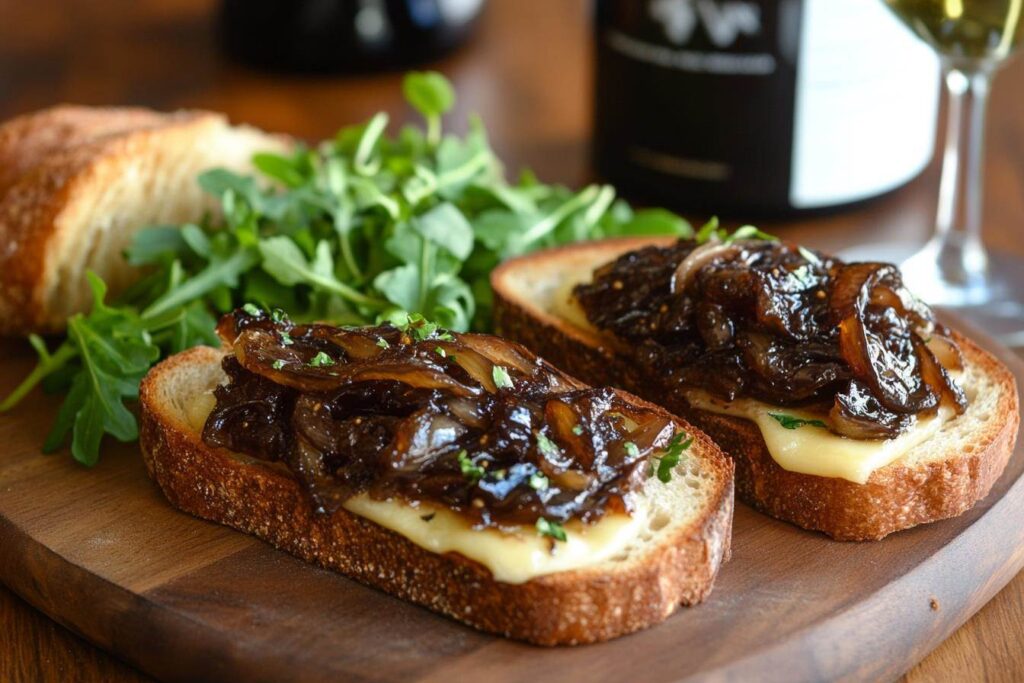Grilled cheese sandwiches—simple yet irresistible! But have you ever wondered, does grilled cheese melt perfectly every time? This article dives into the science of melting cheese, practical tips for achieving that gooey perfection, and the common mistakes to avoid. Whether you’re a purist or love experimenting with creative twists, we’ve got you covered. Let’s uncover the secrets behind this ultimate comfort food!

Understanding the Basics of Grilled Cheese
What is a Grilled Cheese?
At its core, a grilled cheese sandwich is simplicity personified: just bread, cheese, and heat. This beloved classic is toasted to golden perfection, with cheese melted into a gooey filling. But don’t be fooled by its simplicity—achieving the perfect grilled cheese requires just the right touch. The magic lies in selecting the right ingredients and using proper cooking techniques to turn these humble components into a masterpiece.
Grilled Cheese vs. Melt: What’s the Difference?
Ah, the age-old debate: Is a grilled cheese the same as a melt? Not exactly. While both sandwiches involve melted cheese, a grilled cheese focuses on purity—bread and cheese are the stars. A melt, on the other hand, invites more players to the party, like meats, veggies, or even sauces. Think of it this way: every grilled cheese is a melt, but not every melt is a grilled cheese.
Grilled cheese enthusiasts argue that adding too many extras takes away from the sandwich’s comforting simplicity. Purists stick to the basics, while adventurous eaters enjoy experimenting. Either way, both sandwiches revolve around that delightful ooey-gooey center, making cheese the undeniable hero.
The Science Behind Cheese Melting
Why Does Cheese Melt?
Ever wondered, does grilled cheese melt? The answer lies in the fascinating science of cheese. Cheese is primarily composed of proteins, fats, and water. When heated, the fat melts, and the protein structure loosens, allowing the cheese to become gooey and stretchy. However, not all cheeses melt the same way. Cheeses like mozzarella and cheddar have a balanced protein-to-fat ratio, making them ideal for melting. In contrast, acid-set cheeses such as paneer or ricotta lack this balance, so they don’t melt well.
Factors That Impact Cheese Melting in Grilled Cheese
Several factors influence how well cheese melts in your sandwich:
- Moisture Content: Cheeses with higher moisture content, like mozzarella and fontina, melt more smoothly compared to drier cheeses.
- Fat Content: Higher fat content contributes to a creamier melt. For instance, American cheese has added emulsifiers and a higher fat content, resulting in a uniform melt.
- Acidity: Acid-set cheeses, such as feta and halloumi, resist melting due to their protein structure. They soften but don’t become gooey.
- Age of Cheese: Younger cheeses melt better than aged ones. Aged cheeses have less moisture and a denser protein network, making them harder to melt.
Understanding these factors helps in selecting the right cheese for your grilled cheese sandwich, ensuring that delightful, melty experience.
Tips for the Perfect Melt in a Grilled Cheese
Choosing the Right Cheese for Melting
Selecting the appropriate cheese is crucial. Opt for varieties known for their melting properties, such as cheddar, American, Gruyère, or fontina. These cheeses have the right balance of moisture and fat, ensuring a smooth melt. Combining different cheeses can also enhance flavor and texture.
The Role of Grating Cheese for an Even Melt
Grating cheese isn’t just for aesthetics; it promotes even melting. Shredded cheese spreads uniformly between the bread slices, reducing the risk of uneven pockets. Moreover, grated cheese melts faster, preventing the bread from burning before the cheese is fully melted.
Temperature and Timing: Keys to Success
Cooking your sandwich over medium-low heat is essential. This allows the bread to toast slowly while giving the cheese ample time to melt completely. Using a lid while cooking can trap heat, facilitating a thorough melt. Patience is key; rushing with high heat may result in burnt bread and unmelted cheese.
By understanding the science behind cheese melting and applying these practical tips, you can master the art of making the perfect grilled cheese sandwich.

Common Mistakes and How to Avoid Them
Overheating the Pan
One common pitfall when making a grilled cheese sandwich is using too much heat. High temperatures can cause the bread to toast quickly, leaving the cheese inside unmelted. To avoid this, cook your sandwich over medium-low heat. This allows the bread to achieve a golden-brown crust while giving the cheese ample time to melt thoroughly. Patience is key; rushing the process can lead to a less-than-ideal sandwich.
Using the Wrong Type of Cheese
Not all cheeses are created equal when it comes to melting. Some cheeses, like feta or halloumi, resist melting and can result in a less gooey sandwich. Opt for cheeses known for their melting properties, such as cheddar, American, or Gruyère. Additionally, avoid using pre-shredded cheese, as it often contains additives that prevent proper melting. Grating your own cheese ensures a smoother, creamier melt.
Creative Grilled Cheese Variations
Incorporating Additional Ingredients Without Sacrificing the Melt
Elevate your grilled cheese by adding ingredients like tomatoes, bacon, or caramelized onions. However, be mindful of moisture content; too much can make the sandwich soggy. Lightly sautéing vegetables or patting them dry can help maintain the sandwich’s integrity. Layer additional ingredients between slices of cheese to ensure everything melts together harmoniously.
Experimenting with Non-Traditional Cheeses
Venturing beyond classic choices can lead to delightful discoveries. Soft cheeses like brie or goat cheese add a rich, creamy texture, while blue cheese introduces a tangy punch. Combining different cheeses can create complex flavors and enhance the melting experience. Remember to balance strong flavors with milder ones to achieve a harmonious blend.

FAQs: Common Questions About Grilled Cheese Melting
Why Doesn’t My Cheese Melt Properly?
If you’ve ever wondered, does grilled cheese melt evenly every time, the answer often depends on your technique and cheese selection. Cheeses that don’t melt properly are usually aged or low in moisture. For instance, parmesan or feta may soften but won’t achieve that gooey consistency. To fix this, use cheeses with high moisture and fat content, such as cheddar or mozzarella. Also, ensure your pan isn’t too hot; a medium-low setting gives the cheese time to melt fully while toasting the bread.
How Can I Ensure the Bread Doesn’t Burn?
Burnt bread can ruin your grilled cheese experience. To avoid this, cook the sandwich over medium-low heat, giving the bread time to toast while the cheese melts. Using a lid can also trap heat, promoting even cooking. Another tip is to butter the bread evenly, as this creates a golden, crispy crust.
Can Non-Dairy Cheeses Melt Like Dairy Cheeses?
Non-dairy cheeses have come a long way, but not all are created equal. Some vegan options melt just as well as their dairy counterparts, while others may not achieve the same creamy texture. Look for non-dairy cheeses specifically labeled as “meltable” for the best results.
What Is the Best Bread for a Grilled Cheese?
The bread you choose matters. Thick slices of sourdough or country loaf hold up well and create a hearty sandwich. If you prefer a lighter option, white or whole wheat bread works perfectly. Always pick bread that complements the gooey, melted cheese.
People Also Ask: Additional Insights
Does Grilled Cheese Melt?
Yes, it does! A perfectly made grilled cheese relies on selecting the right cheese and using proper cooking techniques. Cheeses like cheddar, fontina, and American melt effortlessly, creating that iconic gooey texture.
What Types of Cheese Are Best for Melting?
Cheeses with high moisture and fat content are ideal for melting. Cheddar, gouda, and Gruyère are top picks. Avoid aged or crumbly cheeses that don’t melt as easily.
How Do You Make Grilled Cheese Without Burning the Bread?
To prevent burning, cook your sandwich on medium-low heat and butter the bread evenly. Using a lid while cooking can help ensure even heat distribution, allowing the cheese to melt thoroughly.
Does Shredded Cheese Melt Better Than Sliced Cheese?
Absolutely! Shredded cheese melts more evenly and quickly compared to slices. It spreads out better, ensuring every bite is gooey and delicious.
With these insights and tips, you’ll master the art of making the perfect grilled cheese. Now that you know the answer to does grilled cheese melt, it’s time to put this knowledge into practice and enjoy the ultimate comfort food!
Related Keywords and LSI Terms
Keywords That Complement “Does Grilled Cheese Melt?”
To understand the melting process and craft the perfect sandwich, it’s helpful to know related terms and concepts. Some key phrases include:
- Best cheeses for grilled cheese
- How to melt cheese perfectly
- Gooey cheese tricks
- Cheese melting points
- Perfect bread for grilled cheese
These terms highlight crucial aspects of making a grilled cheese sandwich. They also provide a foundation for better understanding why grilled cheese melts the way it does.
Why LSI Keywords Matter
Using latent semantic indexing (LSI) keywords ensures your content covers all angles of a topic. When searching for answers to “Does grilled cheese melt?” readers may also look for related information like vegan cheese melting properties or mistakes to avoid. Incorporating these variations enriches your content, making it more informative and comprehensive.
Conclusion
Wrapping It Up: Does Grilled Cheese Melt?
Yes, it absolutely does! But achieving that perfect, gooey melt requires the right ingredients and techniques. From choosing high-moisture cheeses like cheddar or mozzarella to mastering the art of medium-low heat, every detail plays a role in creating the ultimate grilled cheese sandwich. Whether you’re sticking to classic recipes or experimenting with creative twists, the key is patience and attention to detail.
Grilled cheese sandwiches are more than just comfort food—they’re a canvas for culinary creativity. With the tips and insights provided, you can elevate your sandwich game while ensuring every bite is satisfyingly gooey. If you’re eager to explore more, dive into recipes that experiment with non-traditional cheeses or vegan options.
Mastering the grilled cheese means understanding its science, perfecting your method, and, most importantly, enjoying every delicious bite. Now that you know the secrets, why not whip up your own version today?
Bonus: Fun Facts About Grilled Cheese
The Origins of Grilled Cheese
Did you know the grilled cheese sandwich dates back to ancient times? While the modern version gained popularity in the 1920s with the advent of sliced bread and affordable cheese, the concept of melting cheese on bread has roots in Roman cuisine. Talk about a timeless classic!
World Records and Celebrations
Grilled cheese has its own special day—National Grilled Cheese Day, celebrated every April 12th. What’s more, the world’s largest grilled cheese sandwich weighed over 320 pounds and was made in 2017 by a group of enthusiastic chefs in California. Now that’s one big sandwich!
Creative Grilled Cheese Trends
Grilled cheese isn’t just about cheddar anymore—it has transformed into a culinary playground for creativity. From bold experiments to gourmet twists, the possibilities are endless. Rainbow-colored melted cheese, for instance, combines food dyes and mozzarella to create a vibrant, Instagram-worthy treat that’s as fun to look at as it is to eat. For the adventurous, dessert-inspired grilled cheeses are stealing the spotlight, with fillings like rich chocolate, creamy mascarpone, and even fruit preserves sandwiched between buttery slices of bread.
Gourmet chefs have taken the humble dish to new heights by incorporating premium ingredients such as truffle oil, aged Gruyère, and caramelized onions. Some foodies are even pushing the envelope by blending unexpected flavors—imagine brie paired with fig jam or spicy pepper jack layered with crispy bacon and avocado. These creative spins turn the traditional comfort food into a versatile dish suitable for any meal or occasion.
From food trucks to fine dining menus, grilled cheese continues to inspire innovation while staying true to its roots as a simple, comforting classic. It’s proof that this timeless dish is limited only by the bounds of your imagination. Who knew that melting cheese between bread could spark such delicious creativity?
How Many Ways Can You Melt?
There’s no single way to make a grilled cheese, and that’s part of its universal charm. Each method of preparation brings its own unique twist to the table, allowing you to customize the sandwich to your liking. For a classic experience, a stovetop skillet is the go-to option. It delivers that golden, buttery crust while giving you complete control over the heat, ensuring the cheese melts to gooey perfection.
If convenience is what you’re after, a toaster oven works wonders. It crisps the bread evenly and melts the cheese without requiring constant attention—perfect for multitaskers or busy mornings. For those who love a bit of flair, a panini press is your best friend. It not only toasts the bread with uniform pressure but also creates those satisfying grill marks that elevate the sandwich’s presentation.
And let’s not forget about unconventional methods. Some adventurous cooks use waffle irons, adding fun, crispy patterns to the bread, while others rely on air fryers for a perfectly crunchy exterior and evenly melted interior. The question isn’t just does grilled cheese melt—it’s how much creativity and flavor you can pack into every bite. Whether traditional or experimental, each method celebrates the melting magic in its own delicious way.

